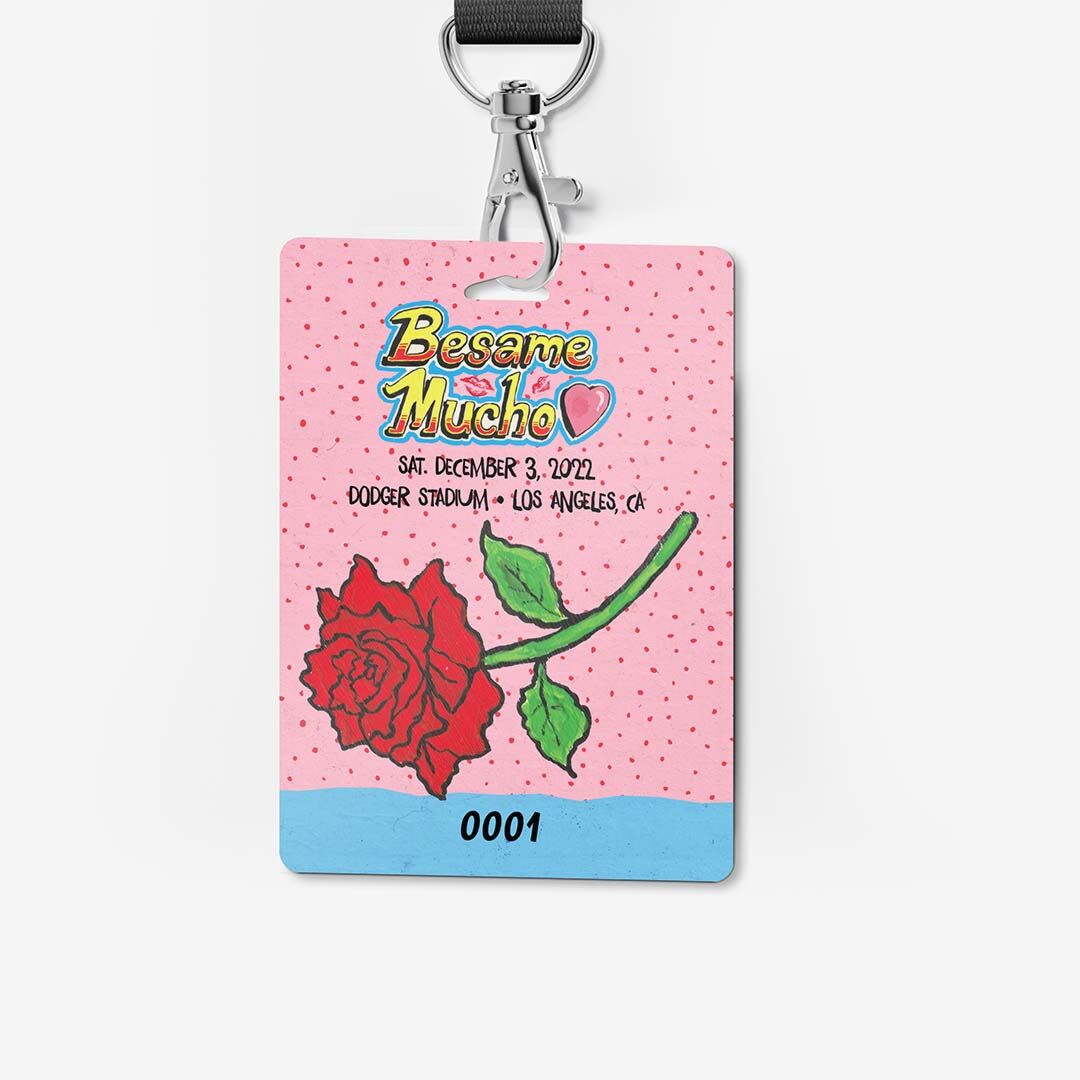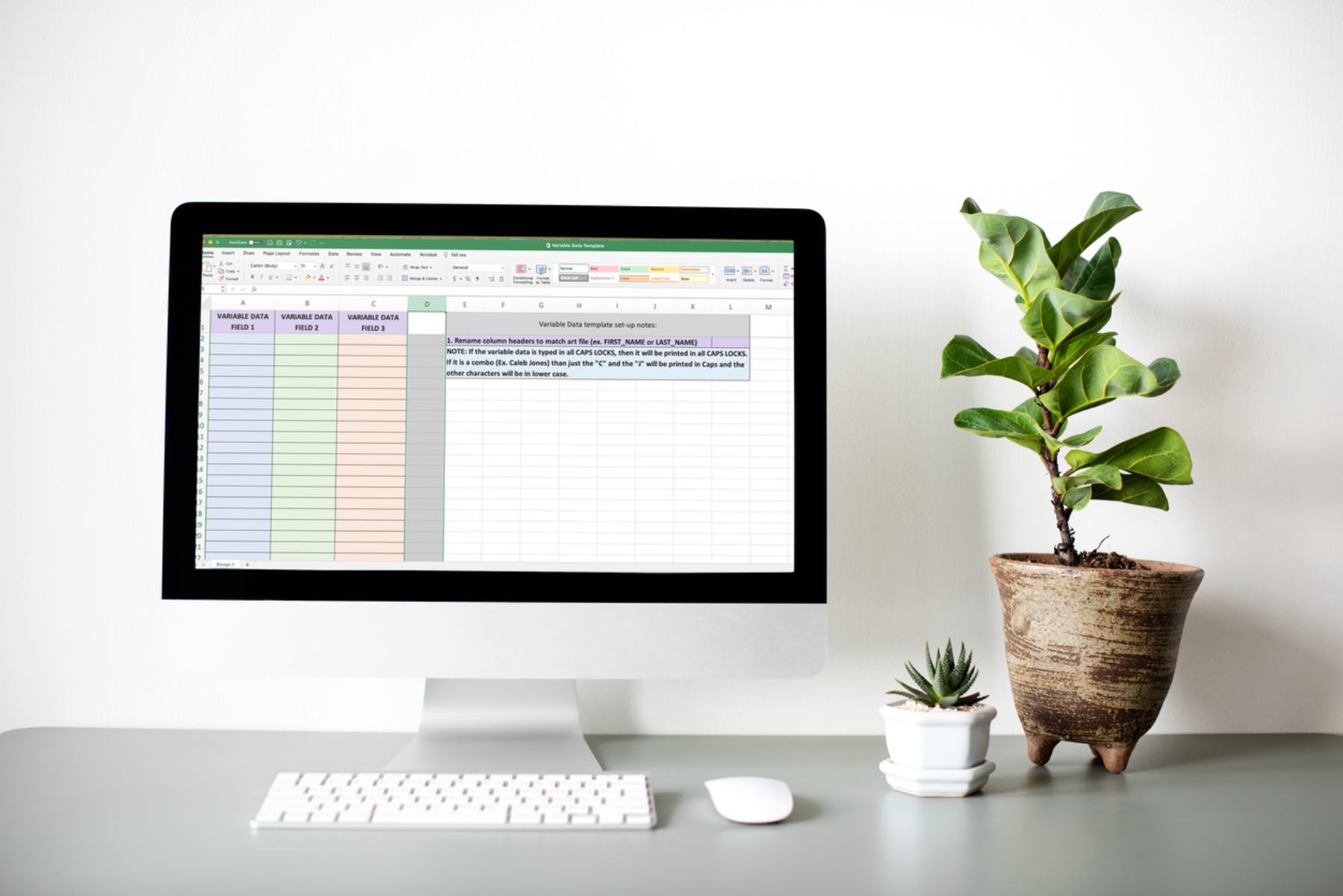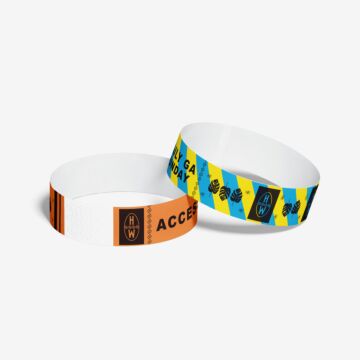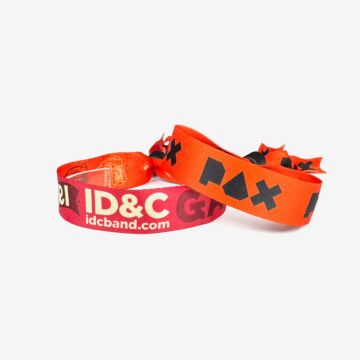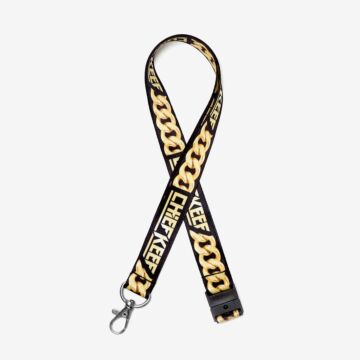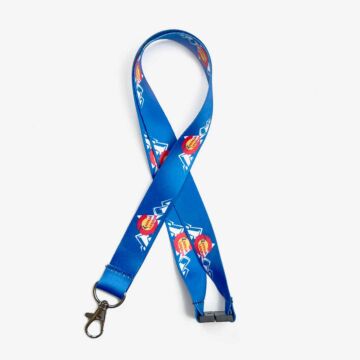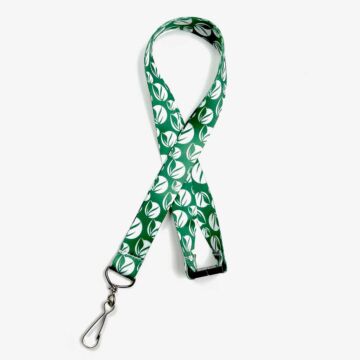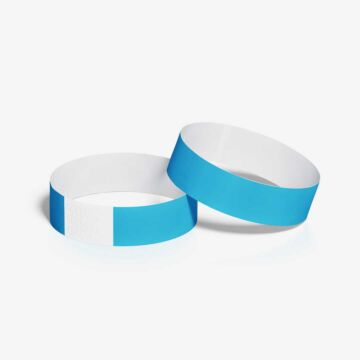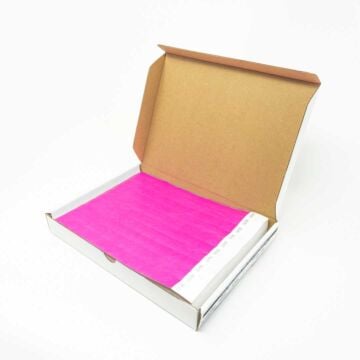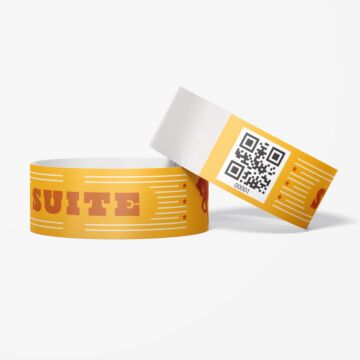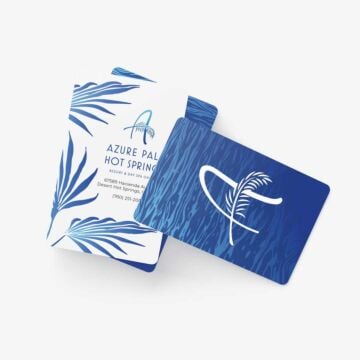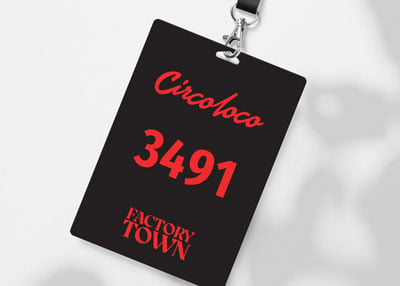

Serialization
Add a serial number to your event badge for tracking attendance and authenticating access. You can set the starting number to maintain a continuous sequence.
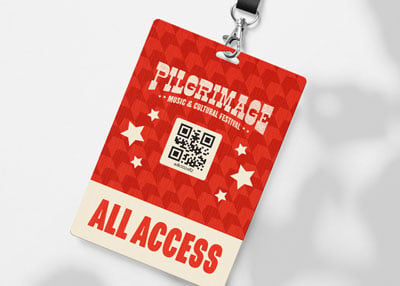

QR Codes
Adding QR codes to event badges enables easy scanning for quick access to information, secure entry, and links to important materials like registration forms and surveys.
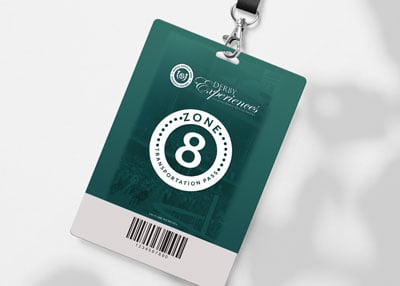

Barcodes
Barcodes, like QR codes, offer a fast and efficient way to scan and verify attendee information, commonly used with ticketing systems for easier check-in.
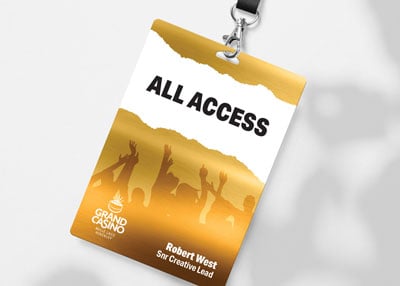

Variable Data
By utilizing variable data personalization, you can ensure that each badge is customized for the individual, enhancing security and adding a professional touch to your event.
How to Order Variable Data Event Badges
Choose your badge size, pick variable data printing from our security features, and select your desired quantity.
Upload your data in the designated field. You can either upload your design or create one online. Remember to indicate the print location on your artwork for each of your variable data fields.
For help with setting up and formatting your variable data, just download the template and follow the easy directions provided.
You'll receive a proof for approval, it is very important to note your production starts after approval.


Contact Us
If you need help with any aspect of your order, from design to security features, don’t hesitate to reach out. Our dedicated team is here to ensure your event badges meet your standards and contribute to the success of your event. You can contact us at (941) 739-6935 or visit our email via [email protected] for more information.
Frequently Asked Questions
How are conference badges printed?
There are many methods to print conference badges. Dye sublimation printing is widely used for producing high-quality, full-color badges with vibrant and durable images on plastic or polyester material.
Direct thermal printing is preferred for printing monochromatic text and barcodes whereas inkjet printers offer high-resolution, full-color badges with flexibility for variable data like attendee names and QR codes. Another alternative is laser printing that provides a swift and cost-efficient solution for printing monochrome or color badges featuring text and simple graphics. The choice of printing method depends on factors like budget, badge appearance, and design complexity.
What are some options to customize conference badges?
ID&C offers options to add text, images, logos, and choose colors that align with your brand. We also offer conference badges of varying sizes with additional security options such as serialization, barcodes, QR Codes, and RFID tags.
How to design event badges?
Designing an event badge is extremely simple and easy with our online badge designer.
- Choose the type of badge you want to order.
- Select product options such as size of the badge and security options such as serialization, barcodes, and more.
- Explore colors and color theme options to customize your badge.
- Upload logos and images to display your brand.
- Add text of varying font styles and sizes to complete your badge design.
- Select the quantity of badges and place the order.
You could also email your custom design or download our conference badge templates to customize it as per your liking.
What is variable data printing?
Variable data printing (VDP) is a digital printing technique that allows for the customization of individual pieces within a larger print run. This means that each badge can have unique information, such as names, titles, barcodes, or QR codes. VDP works by utilizing a database to print different data on each item without slowing down the printing process. This technology is especially useful in creating personalized event badges, where attendees' names, company affiliations, and even photos can be printed efficiently and precisely. By opting for VDP, you can ensure that each badge is tailored to the individual, enhancing security and providing a professional touch to your event.
Design Tips for Effective Event Badges
When designing event badges, keep in mind that clarity and readability are essential. Use large, legible fonts for names and titles, and ensure that colors contrast well. If including photos, make sure they are high-resolution and properly cropped. Position essential information—such as the attendee’s name and affiliation—in prominent areas to make it easy for others to read at a glance. Don’t overcrowd the badge; leave enough white space to avoid a cluttered look. Lastly, consider the lanyard or attachment method that will be used, and make sure that it does not obstruct any key information on the badge.

